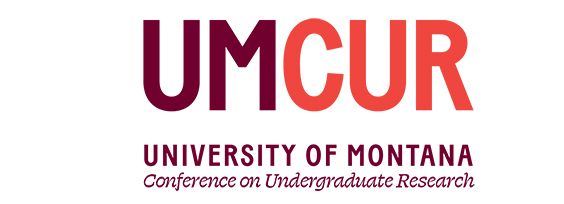Oral Presentations
Tribal Aerial Sovereignty and Localized Airspace Design
Project Type
Presentation
Faculty Mentor’s Full Name
Heather Cahoon
Faculty Mentor’s Department
Native American Studies
Abstract / Artist's Statement
The composition of the sky is likely to change in the coming decades with advancements in uncrewed aerial system (UAS) technology, safety, efficiency, market viability, and broader community adoption. Different airspace design concepts have been proposed, including aerial tubes, geofenced corridors, and vertically stacked lanes. While the Federal Aviation Administration (FAA) holds ultimate authority over the national airspace, local jurisdictions have increasingly exercised their authority over local, low-altitude flights. Tribal governments have successfully regulated their immediate airspace by imposing fines on trespassers, but the matter remains unresolved in the court system on who holds ultimate authority over localized airspace. This paper examines the current proposals for local airspace design and how those airspace design concepts would apply to tribal territory. This review indicates that tribal governments must be part of conversations around future airspace design to develop airspace for all. This paper encourages tribal governments to exercise airspace sovereignty by implementing codes and ordinances into their constitution to assert their rights to their immediate airspace and by actively participating in designing their local airspace.
Category
Social Sciences
Tribal Aerial Sovereignty and Localized Airspace Design
UC 332
The composition of the sky is likely to change in the coming decades with advancements in uncrewed aerial system (UAS) technology, safety, efficiency, market viability, and broader community adoption. Different airspace design concepts have been proposed, including aerial tubes, geofenced corridors, and vertically stacked lanes. While the Federal Aviation Administration (FAA) holds ultimate authority over the national airspace, local jurisdictions have increasingly exercised their authority over local, low-altitude flights. Tribal governments have successfully regulated their immediate airspace by imposing fines on trespassers, but the matter remains unresolved in the court system on who holds ultimate authority over localized airspace. This paper examines the current proposals for local airspace design and how those airspace design concepts would apply to tribal territory. This review indicates that tribal governments must be part of conversations around future airspace design to develop airspace for all. This paper encourages tribal governments to exercise airspace sovereignty by implementing codes and ordinances into their constitution to assert their rights to their immediate airspace and by actively participating in designing their local airspace.
